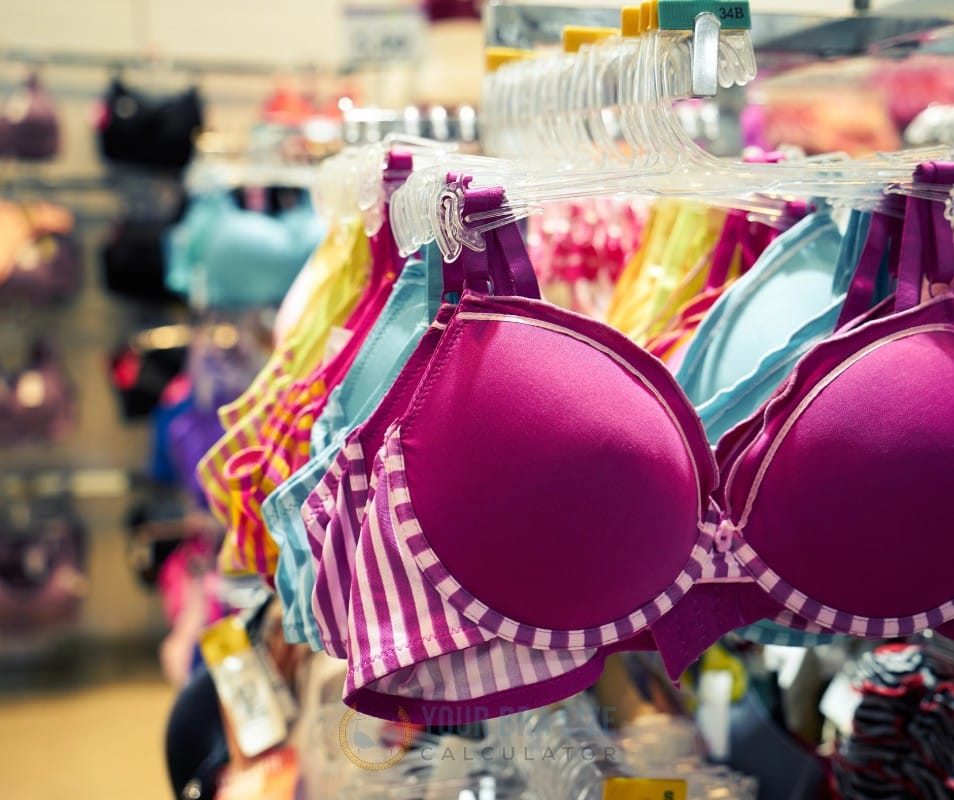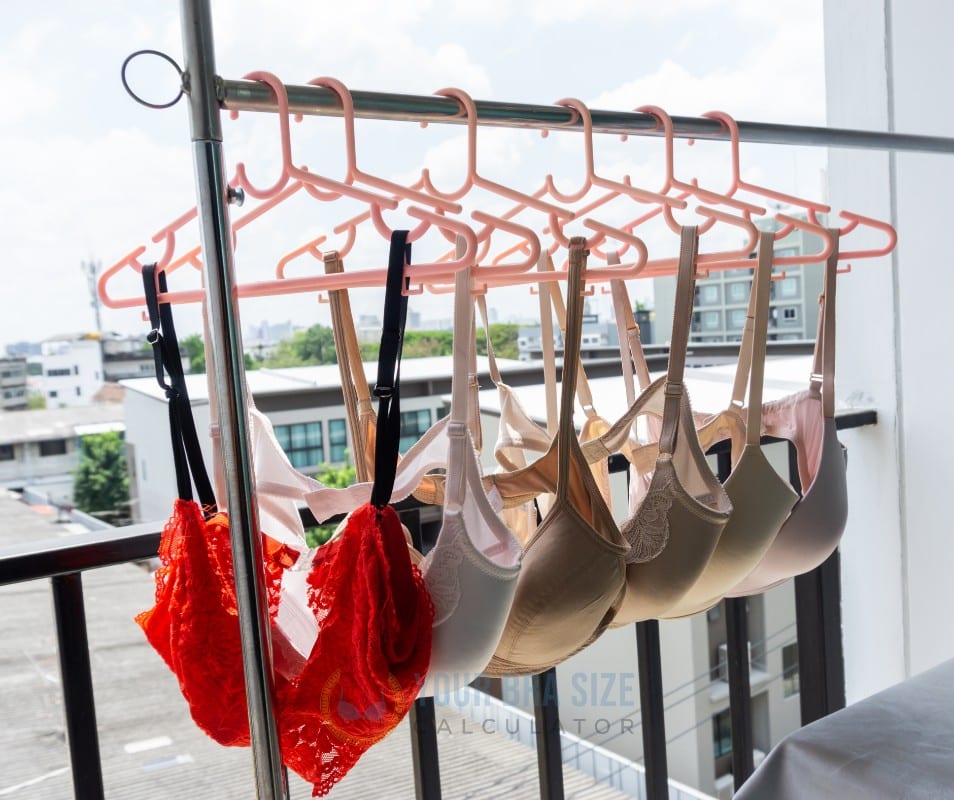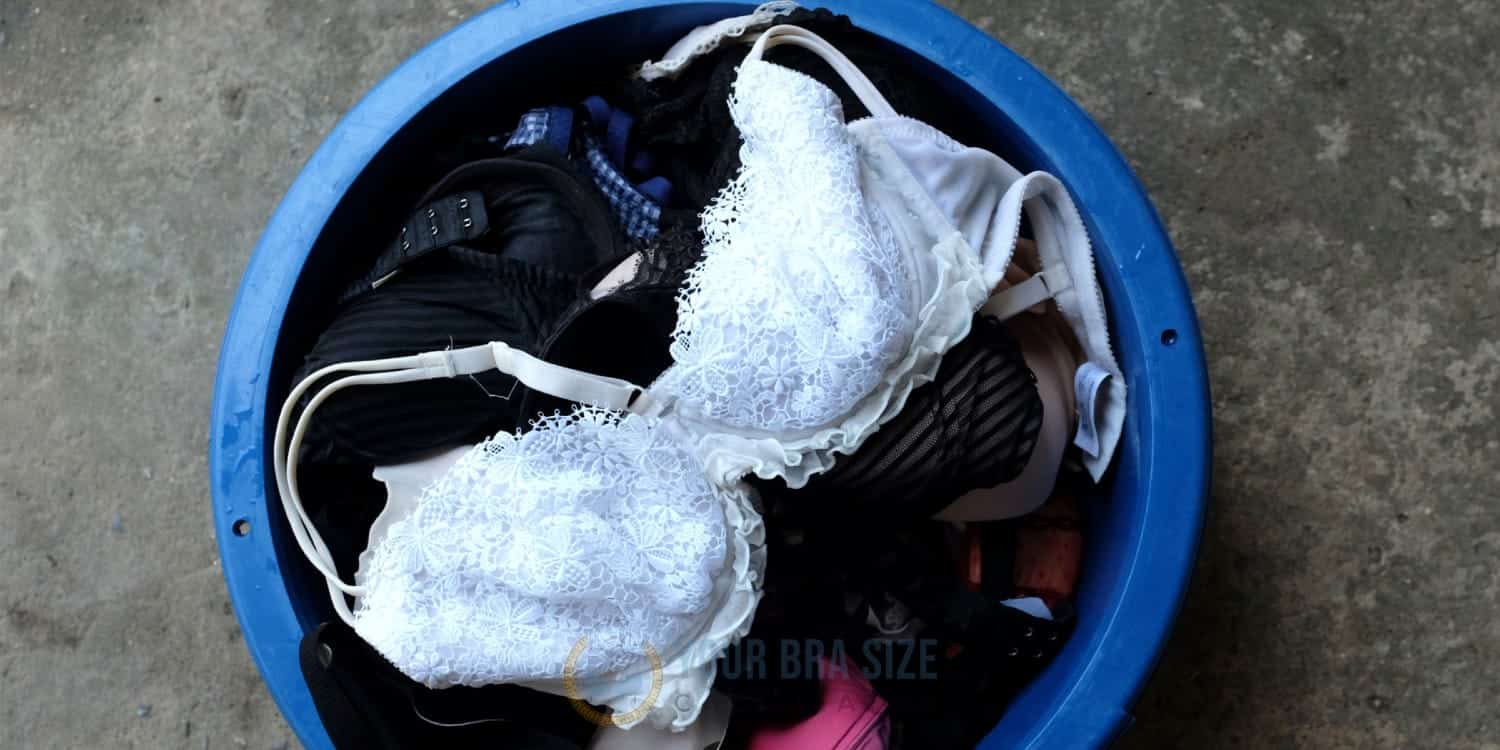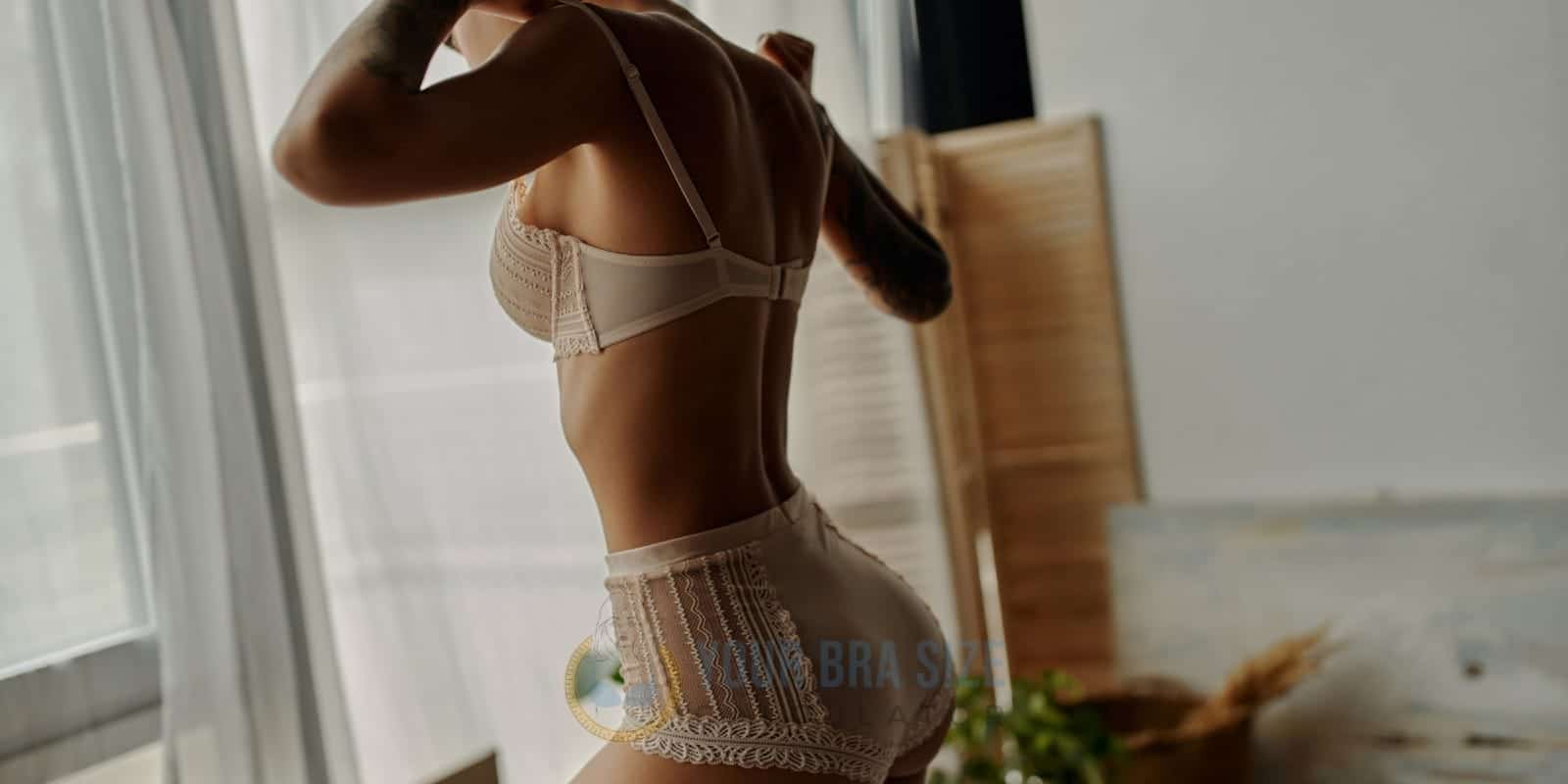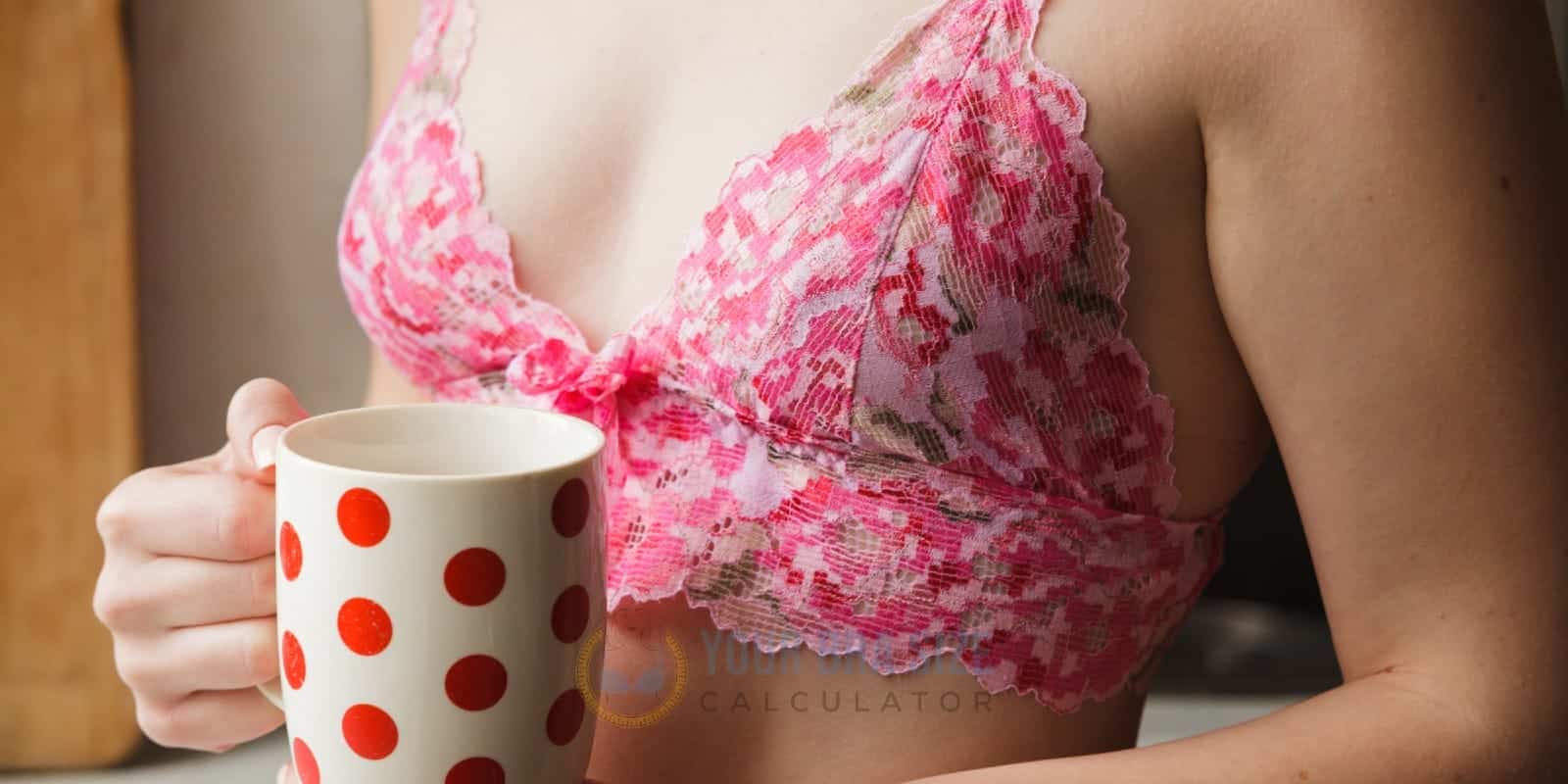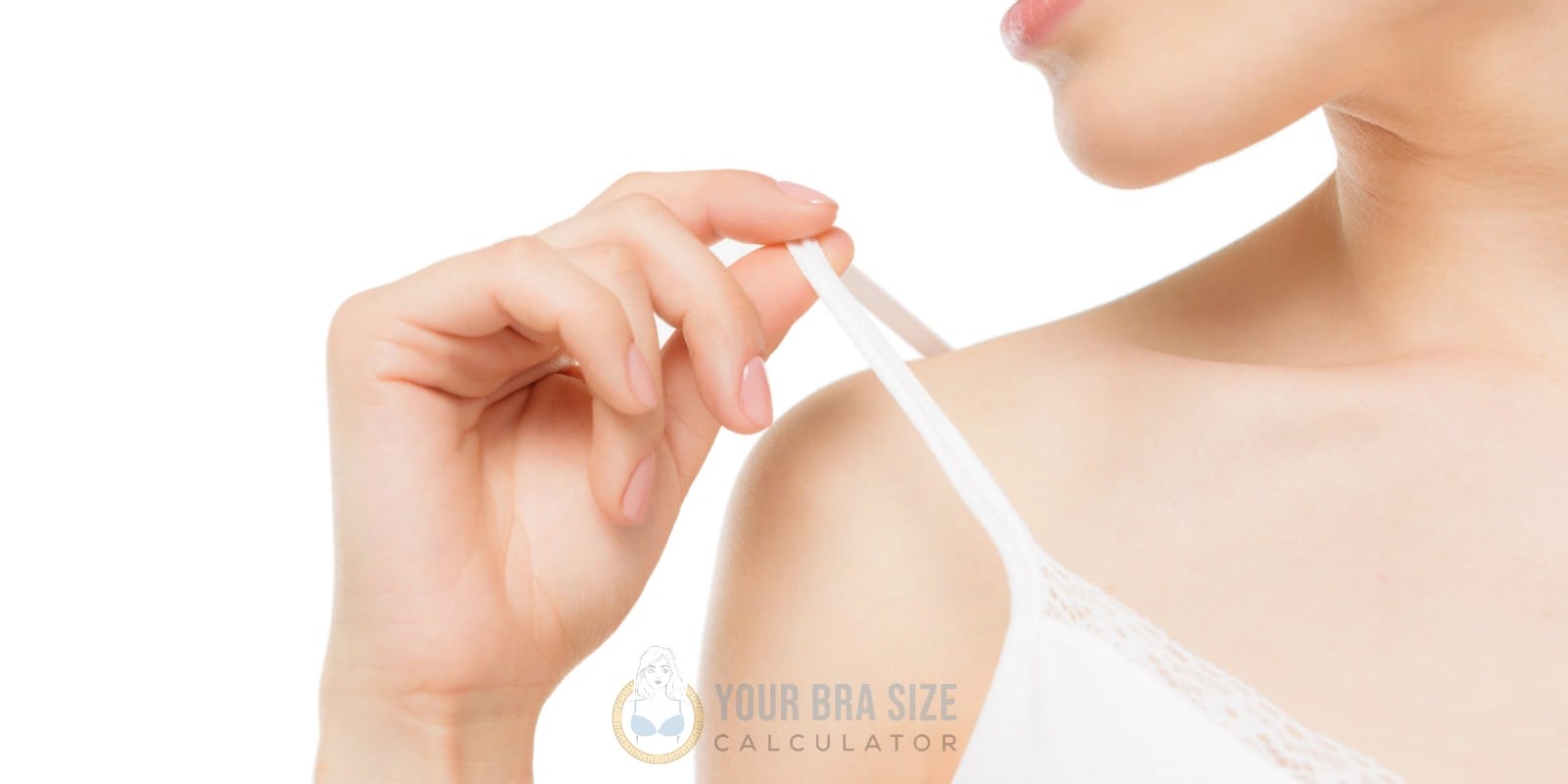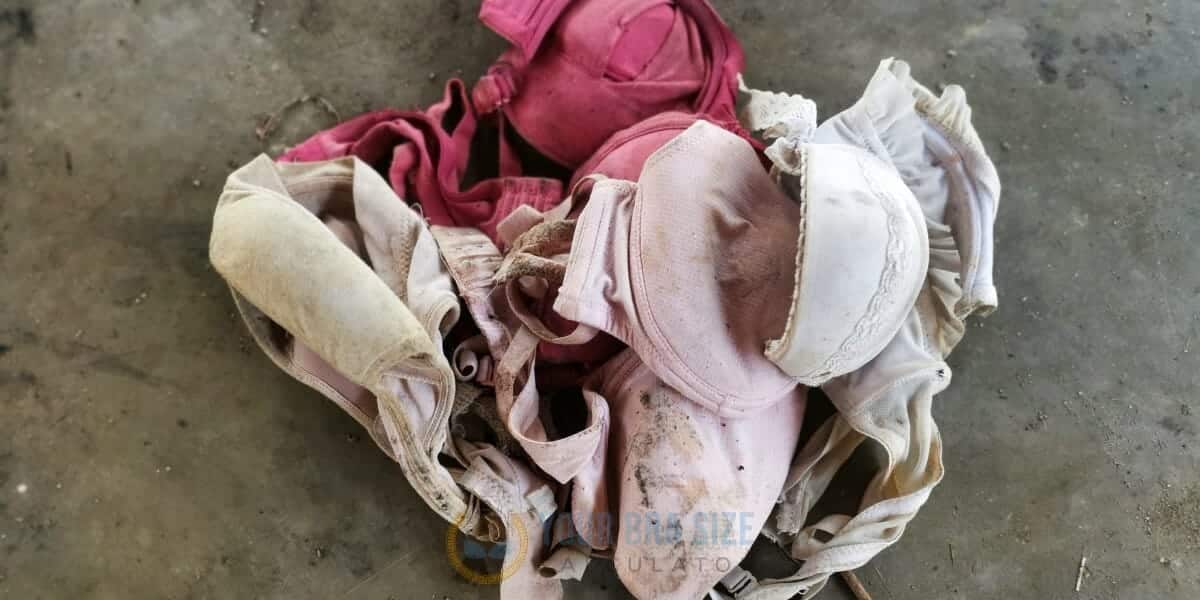Finding the perfect bra can feel like finding a needle in a haystack. You want something comfortable and supportive, but finding one that checks all the boxes seems like you need help finding one that checks all the boxes. But don’t worry – with this guide, you’ll have an easy time shopping for your next bra! We’ll provide you with tips on how to choose a bra that is both comfortable and supportive so you can look great and feel even better. So, if you’re ready to ditch uncomfortable bras forever, keep reading!
Choosing the right bra involves more than just picking out a stylish design or color – comfort and support are also vital factors. Uncomfortable undergarments can cause back pain, skin irritation, and other issues that no one wants to deal with. Instead of settling for less-than-perfect lingerie, learn to pick items that make you feel good from the inside out.
Finally, having a quality bra makes all the difference when it comes to feeling confident in what you wear each day. It’s worth extra time upfront to research brands and styles to get exactly what works best for your body type. With these helpful tips, you’ll be able to find the ideal combination of comfort and support without any hassle at all!

Understanding Your Body Type
Understanding your body type starts with figuring out which bra style is best for you. Knowing the shape and size of your breasts, as well as what kind of support they need, will help you to find the perfect fit. Breast shapes can range from round to conical or teardrop-shaped, so trying a few different styles is essential to decide which works better for you. It’s also essential that the underwire fits appropriately against the breastbone. If not, the cup won’t offer enough support and may cause discomfort. When it comes to cup size, don’t be discouraged if you require an unusual size–many lingerie stores stock bras up to F-cup sizes and beyond! Lastly, when considering band size, please ensure that there are no gaps between the cup and rib cage at any point; this indicates that it isn’t fitted correctly. To move on to selecting fabric and style without compromising comfort or support, consider all available options before making a purchase.
Choosing The Right Fabric And Style
Ah, the age-old dilemma: finding a comfortable and supportive bra. Luckily, there are some tips and tricks to help you on your journey!
First, it’s essential to measure yourself correctly and consider your body type before shopping for bras. To find out what size fits best, use an online measurement guide or consult a professional lingerie specialist.
After getting fitted for the correct size, selecting the suitable fabric and style of bra can make all the difference in how comfortable you feel throughout the day. Here are three key factors to consider when choosing a new bra:
- Bra Fabric: Soft materials like cotton blends allow for breathability, while more rigid fabrics like nylon offer superior support but may be less comfortable.
- Bra Style: Padded cups provide extra cushioning while the underwire offers an additional lift. Choose one based on your desired comfort level and support level.
- Measurement Taking: Ensure that measurements are taken correctly. Hence, straps fit snugly without digging into the skin, and the band isn’t too loose or tight around the ribcage area.
With these three considerations in mind, you can select a fabric and style of bra that meets your comfort needs while still offering adequate support–without compromising either factor! Now comes the next step towards achieving ultimate satisfaction– assessing fit and comfort levels after wearing it for extended periods.
Assessing Fit And Comfort Levels
When selecting a bra, assessing fit and comfort levels is essential. To do this properly, it’s best to try on multiple bras to evaluate how they feel when worn. Start by trying each one on while wearing the same clothing you’ll wear with that bra style. This will help ensure an accurate assessment of the fit and comfort level.
Next, consider how the straps rest against your shoulders. They should not dig into your flesh or slide off easily – instead, they should lay comfortably across the shoulder blades without feeling too tight or loose. The band around the rib cage should also sit snugly but not uncomfortably; any gap between the back of the bra and your skin may mean it’s not securely fastened enough for adequate support. If possible, take a few steps forward to make sure the bra does not ride up in front or at the sides due to lack of proper fitting.
Finally, assess your overall comfort regarding movement and fabric breathability, as these factors significantly affect wearability over time. Note any areas where the material feels stiff or scratchy against your skin; such fabrics can cause discomfort throughout extended wear. With all these points considered, you’ll be able to find a supportive and comfortable bra that meets your needs perfectly!
Taking Measurements
It’s time to face the music: taking accurate measurements for a supportive and comfortable bra is no walk in the park. But it doesn’t have to be an intimidating feat either; with simple measuring tips, you can get your perfect fit! First, grab a friend or family member and ensure you have a flexible measuring tape handy. You’ll need to take body measurements, including bust size (around the fullest part of the chest), ribcage circumference (just below the bust), and underbust measurement (where a band of the bra should sit). According to any sizing guide, these numbers will help you find your correct bra size.
Next, use the same soft cloth measuring tape around your rib cage at the point where the back wings meet the center front of the bra. This number is important as it helps determine how much support each side needs from the straps and cups. Last but not least, double-check your cup size by placing the tape measure across both breasts and subtracting the underbust measurement from this number. Now that you’ve got all these measurements down pat let’s move on to making adjustments for extra support.
Making Adjustments For Support
Once you have taken your measurements and found the right size, it is important to ensure that your bra’s support level is appropriate. Different bras offer varying levels of support, so making adjustments can be essential for finding a comfortable fit.
The first step in adjusting the support of your bra is by tightening or loosening the straps as needed. Not only do they keep your cups in place, but they also provide some lift if they are correctly tightened. If the straps are too loose, they will not have enough tension to provide adequate support. Conversely, if they are too tight, they could cause discomfort. Experiment with different settings until you find one that feels secure yet comfortable at the same time.
Another way to adjust for better support is with hook-and-eye closures at most bras’ backs. These allow you to customize how snugly your bra fits around your torso and help ensure that all areas receive proper coverage and support from each cup. Make sure to try out multiple combinations before selecting which setting works best for you and allows maximum comfort while still providing sufficient levels of support.
When making supportive adjustments to your bra, always consider comfort and security equally when deciding which combination works best for you. Doing this can help guarantee you get an optimal fit every time and prevent unwanted wardrobe malfunctions throughout the day! With these tips in mind, you should now be ready to select additional accessories, such as nipple covers or adhesive gel petals, to complete your look.
Selecting Accessories
Finding a bra that is both comfortable and supportive can be difficult. Selecting the right accessories is an important part of making sure you get the perfect fit. Bra accessories such as extenders, straps, hooks, and pads can help make any bra more comfortable and supportive.
Extenders add extra length to your bra band for a better fit. Bra straps are adjustable, so you can customize the tightness around your body for added support. If needed, you can also buy replacement straps in different colors or styles to give your bra a unique look. Hooks let you adjust the back closure of your bra while providing additional lift and support. Lastly, adding removable padding or cups helps create shape and volume without sacrificing comfort.
When selecting accessories for your bra, it’s important to consider functionality as well as style. The right combination of accessories will ensure that your bras provide maximum comfort and support all day!
Conclusion
Finding the perfect bra can be daunting. Finding one that fits well and provides adequate support without sacrificing comfort is essential. Still, it can seem like an impossible mission. Thankfully, there are some simple steps you can take to ensure you get the right fit for your body type.
The first step is understanding your body type to know what fabrics and styles work best for you. Next, assess how comfortable the bra feels when you try it on by looking at the fabric and taking measurements before making any adjustments for extra support if needed. Finally, don’t forget to select accessories such as straps and closures that add style and function to your outfit.
Remember, finding the ideal bra can be challenging. Still, with patience and perseverance, you’ll eventually find a comfortable and supportive one!

